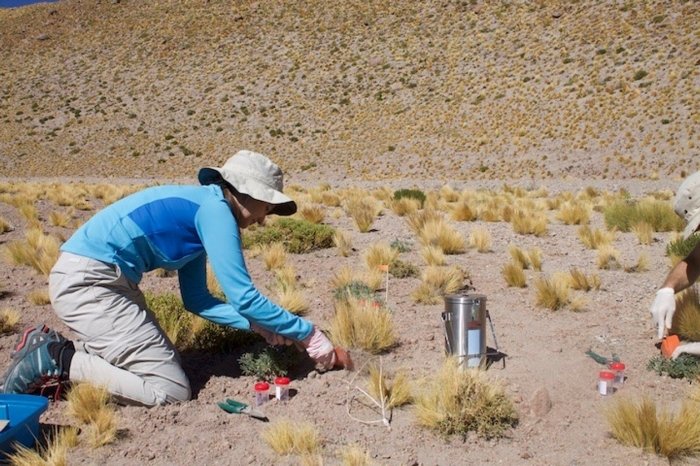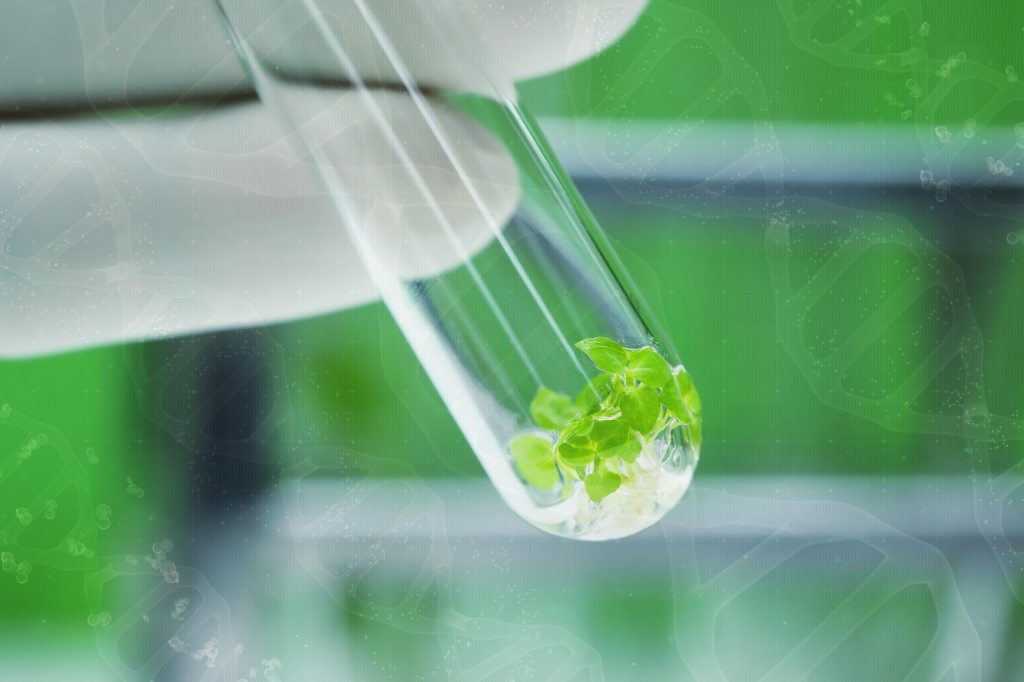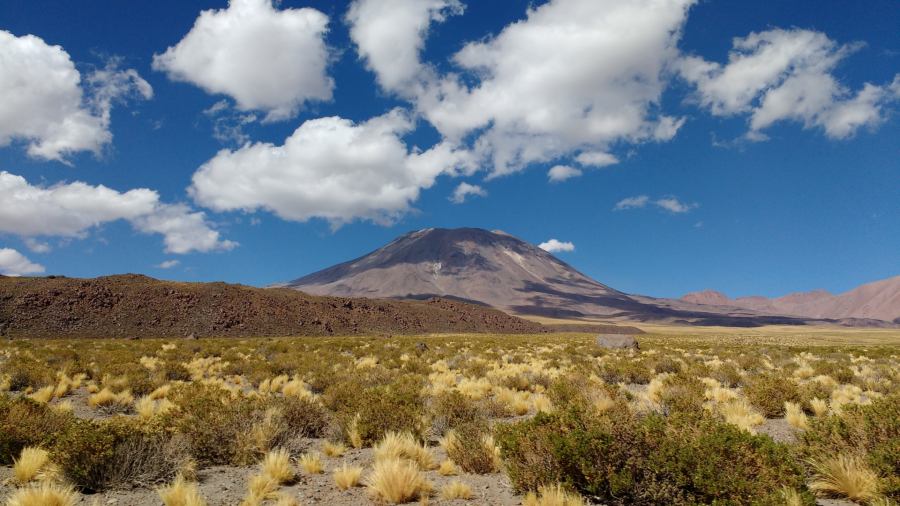An international team of researchers has discovered genes linked to plant survival in one of the harshest environments on the planet: Chile’s Atacama Desert. Their findings, published in the Proceedings of the National Academy of Sciences (PNAS), may aid scientists in developing resilient crops that can thrive in increasingly arid environments.
“In an era of accelerated climate change, it is critical to uncover the genetic basis to improve crop production and resilience under dry and nutrient-poor conditions,” said Gloria Coruzzi, Professor in the New York University (NYU) Department of Biology and Center for Genomics and Systems Biology, who co-led the study.
The researchers spent a decade studying Atacama plant life in 22 locations across the barren desert, carefully transporting plant and soil samples back to the lab. Later, they preserved them in liquid nitrogen for genomic analysis.

The study involved botanists, microbiologists, ecologists, evolutionary biologists, and genomic researchers worldwide. The team’s unique skills allowed them to identify the plants, microbes, and genes that will enable Atacama plants to adapt to and thrive in harsh desert environments, potentially improving crop growth and reducing food shortages.
Overall, the transcriptomes of 32 of the desert’s most dominant plants were sequenced and compared to the transcriptomes of 32 related species from other locations. None of them had genetic adaptations to the Atacama environment.
“The goal was to use this evolutionary tree based on genome sequences to identify the changes in amino acid sequences encoded in the genes that support the evolution of the Atacama plant adaptation to desert conditions,” Coruzzi says.
The researchers at NYU then used an approach called phylogenomics, which aims to reconstruct evolutionary history using genomic data to identify the genes whose protein sequences were adapted in the Atacama species.

Furthermore, 59 of these genes have been discovered in Arabidopsis, where they have been interconnected with physiological and molecular processes that can improve plant resilience in harsh environments.
In a nutshell, Arabidopsis has already been shown to withstand harsh radiation and temperature stress, regulate floral development and flowering time, aid in pathogen defense and nutrient uptake thanks to the genes positively selected in the Atacama desert plants.
It is a plant’s evolutionary survival mechanism in harsh and dry environments. Furthermore, some of the same genetics can be found in food crop species, giving us a better understanding of which crops to plant and how to reproduce, fine-tune, and future-proof them.

“The study is directly relevant to regions around the world that are becoming increasingly arid, with factors such as drought, extreme temperatures, and salt in water and soil posing a significant threat to global food production,” says senior author and plant systems biologist Rodrigo Gutiérrez from the Pontifical Catholic University of Chile.
“As some Atacama plants are closely related to staple crops, including grains, legumes, and potatoes, the candidate genes we identified represent a genetic goldmine to engineer more resilient crops, a necessity given the increased desertification of our planet.”
The findings are reported in PNAS.


